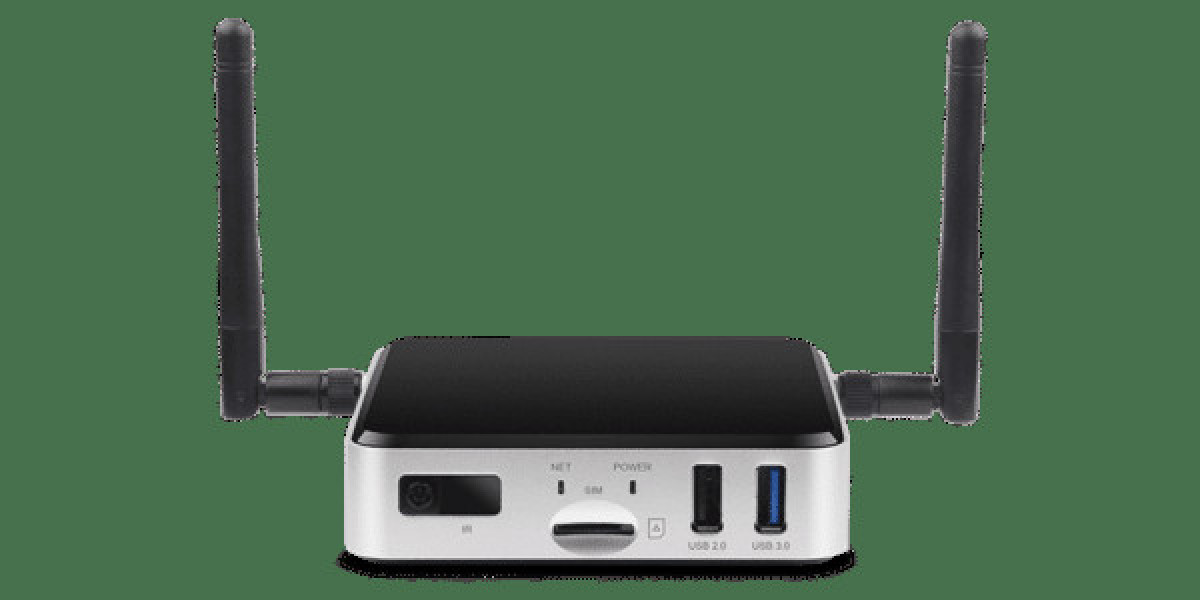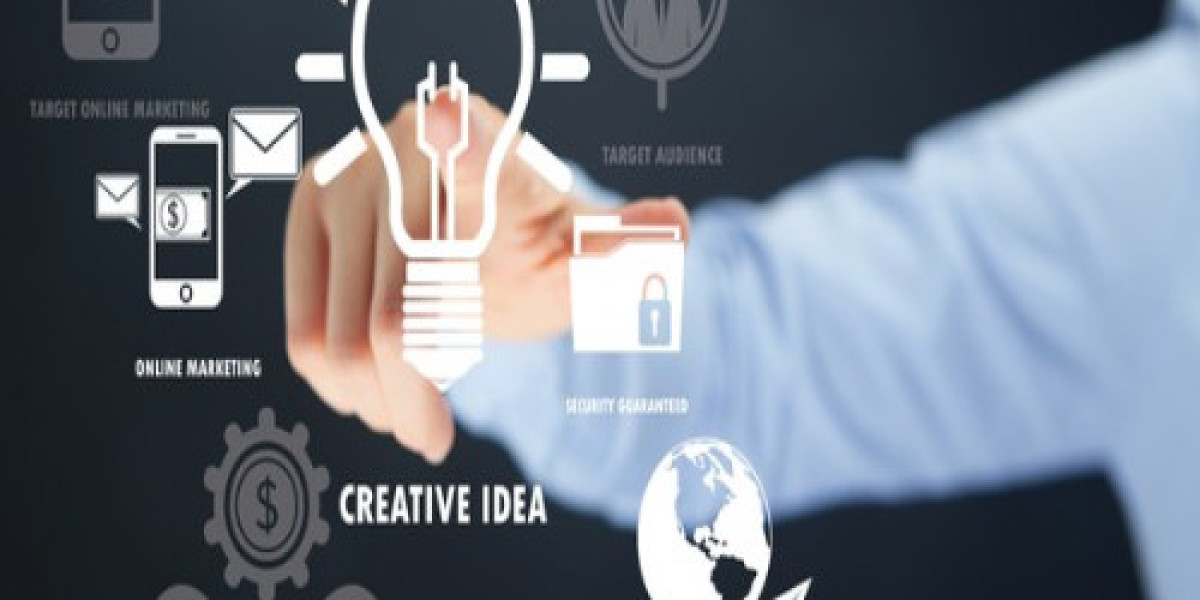The global push towards sustainability and the increasing reliance on renewable energy sources have elevated the importance of the lithium-ion battery recycling market. With the growing demand for electric vehicles (EVs), renewable energy storage systems, and portable electronics, the need to responsibly manage the lifecycle of lithium-ion batteries is more crucial than ever. This article delves into the size, growth, and emerging trends of the lithium-ion battery recycling market as it continues to evolve.
Market Size and Growth
According to Stratview Research, the lithium-ion battery recycling market was estimated at USD 4.96 billion in 2022 and is likely to grow at a CAGR of 19.48% during 2023-2028 to reach USD 14.49 billion in 2028.
Key Growth Drivers
The global lithium-ion battery recycling market is expected to grow significantly over the forecast period owing to several factors including –
- Rise in adoption of Electric Vehicles (EVs) – EV Volumes expect ~14 million EVs to be sold by the end of 2023, which is a more than 30% rise as compared to 2022 annual sales. Also, the International Energy Agency (IEA) estimates that the global E-cars stock may expand to ~350 million by 2030, which would represent >60% of total vehicles sold globally. Lithium-ion batteries are commonly used in electric vehicles and with the growing demand for electric vehicles, the need for more efficient and advanced batteries will rise, promoting recycling the older batteries.
- Government policies and incentives – Several governments across the globe are providing EV battery recycling funds to retailers. For instance, the government of India has offered export promotion schemes such as the Export Promotion Capital Goods (EPCG) Scheme, under which the govt. encourages lithium-ion battery recycling businesses to expand their presence across the globe. Such push from the governments will promote lithium-ion battery recycling initiatives.
- Growing demand for critical metals – Major components that contribute to improved performance of any lithium-ion batteries are lithium, manganese, cobalt, steel, nickel, graphite, etc. With the growing demand for lithium-ion batteries, the demand for crucial metals will also grow. Recycling the old batteries can help to extract those raw materials and reuse them. This will not only reduce the cost of new batteries, but also can conserve resources, and reduce pollution.
Emerging Trends
- Advanced Recycling Technologies: Technological advancements are reshaping the landscape of lithium-ion battery recycling. Innovations such as hydrometallurgical and direct recycling processes are making it easier and more cost-effective to extract valuable materials while minimizing environmental harm.
- Strategic Partnerships: Collaboration between automakers, battery manufacturers, and recycling companies is on the rise. These partnerships are essential for building a closed-loop supply chain, enabling efficient recycling and sustainable sourcing of materials.
- Battery-as-a-Service (BaaS): The BaaS model is gaining traction, offering businesses and consumers an integrated solution that includes battery usage, recycling, and end-of-life management. This trend not only supports circular economy initiatives but also helps companies manage battery lifecycle costs more effectively.
Conclusion
The lithium-ion battery recycling market is set for significant growth as global sustainability initiatives and the rise of electric vehicles take center stage. With governments pushing for stricter regulations and companies increasingly focusing on closed-loop systems, the market is evolving rapidly. The development of advanced recycling technologies and new business models presents significant opportunities for innovation and sustainability, making lithium-ion battery recycling an essential component of the future energy landscape.








